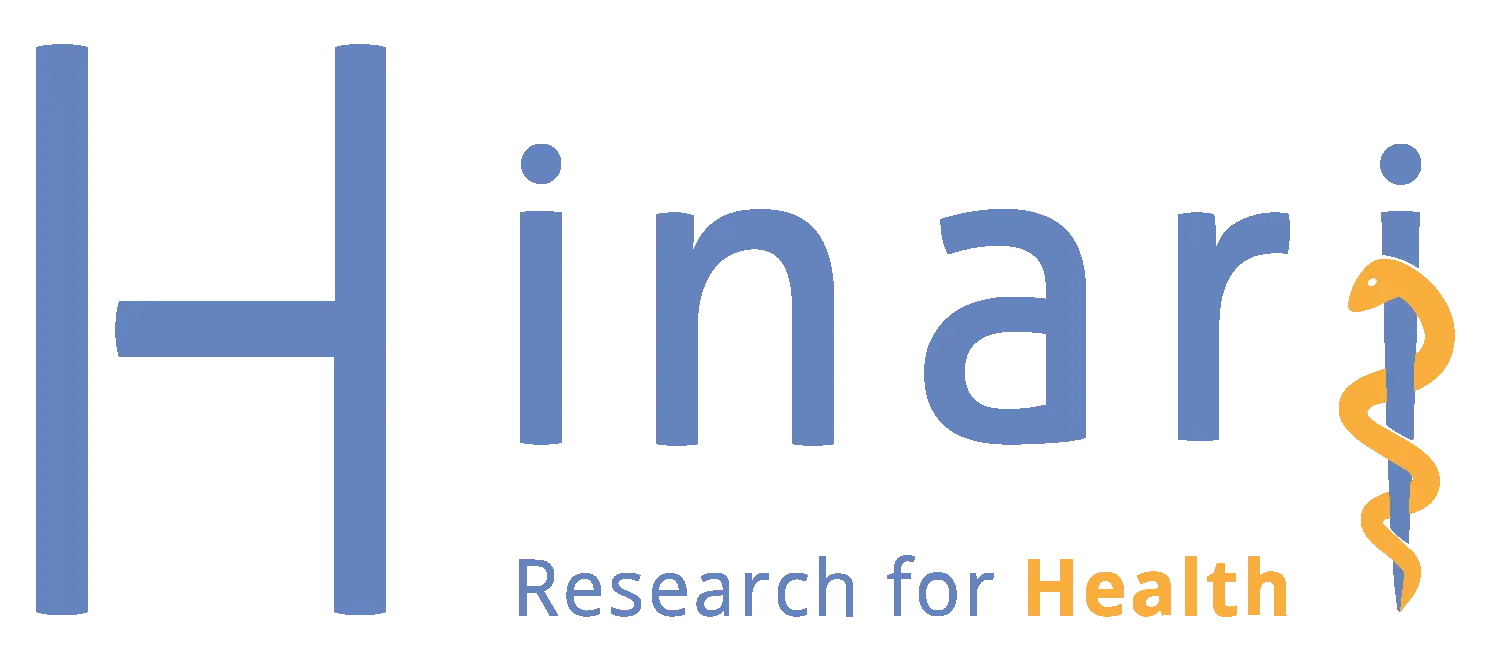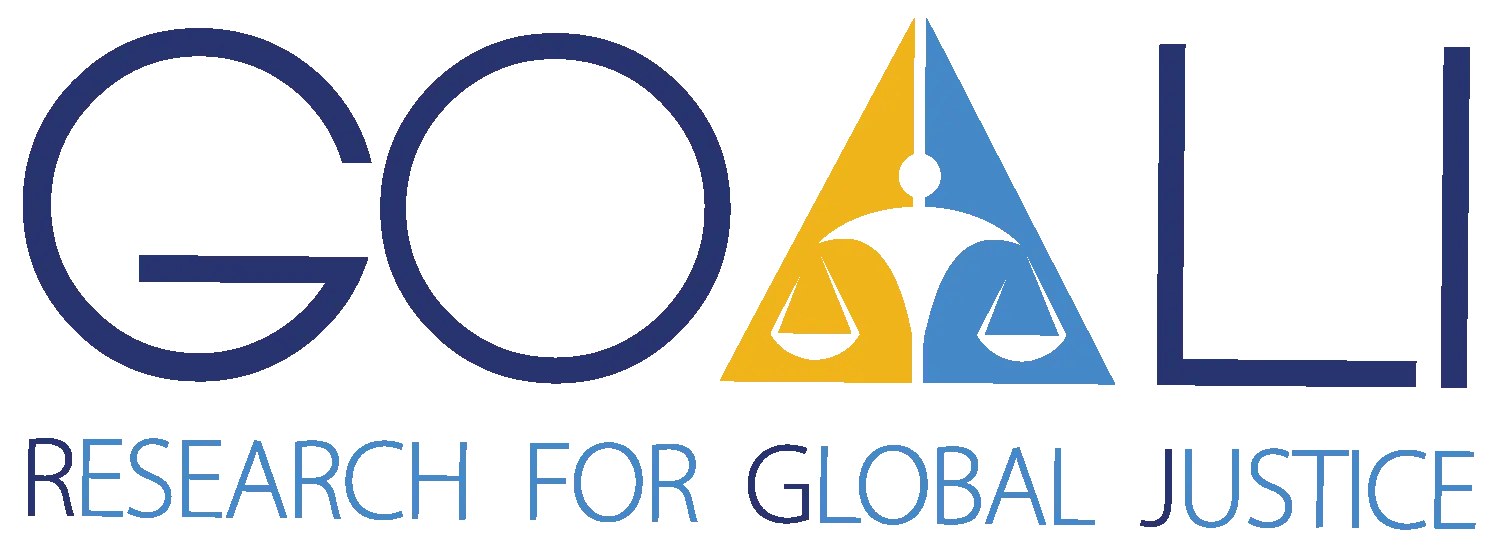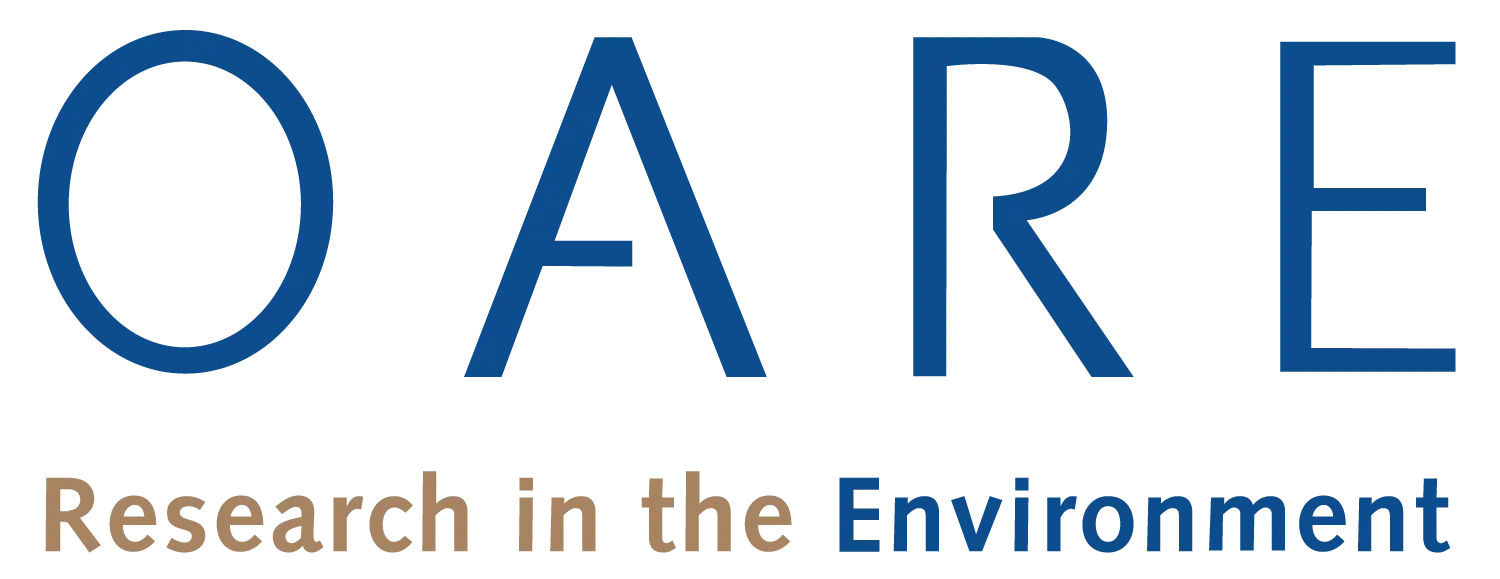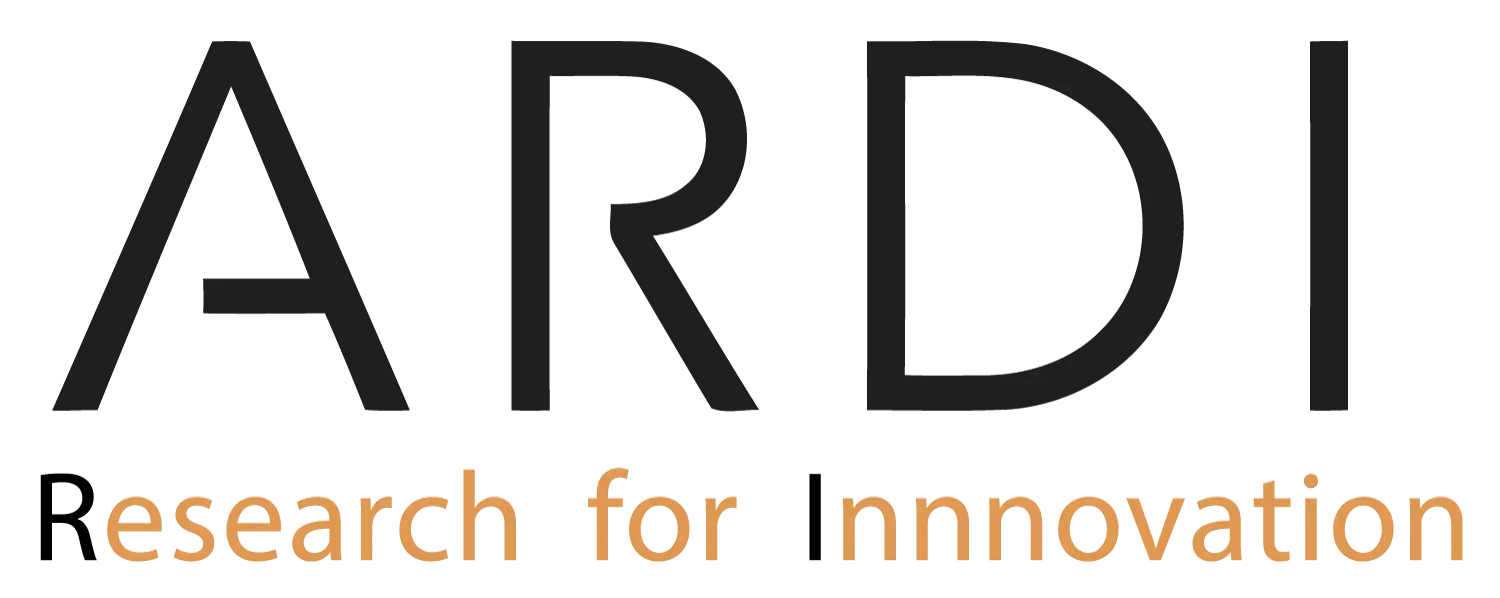Abstract
Acute kidney injury (AKI) is a common complication in patients with severe burn injury and one of the major causes of death. It has a negative prognostic value and almost always develops in the con text of multiple organ dysfunction syndrome (MODS) induced by sepsis. Over the last 20 years, according to data avaliable, the mor tality rate has been reported to reach about 75%. Several definitions of AKI have been used , but nowadays the RIFLE classification is considered the gold standard, enabling a more objective compari son of populations. Akut böbrek yetmezli¤i geliflmifl yan›k hastalar›nda tedavide sü rekli renal replasman tedavilerinin kullan›lmas› sa¤kal›m oranlar›n› artt›rm›flt›r; ancak mortalite oran› sepsis ve çoklu organ yetmezli ¤i ile iliflkili olarak hala yüksektir. Yan›k hastalar›nda ABY halen en önemli komplikasyonlardan biridir ve mortalite oran› yüksektir. (Türk Yo¤un Bak›m Derne¤i Dergisi 2011; 9 Özel Say›: 46-50) Anahtar Kelimeler: Akut böbrek yetmezli¤i, yan›k, renal replas man tedavisi There are several ways to treat AKI in burn patients, including peri toneal dialysis (PD), intermittent hemodialysis, and continuous renal replacement therapy (CRRT). CRRT is generally used in patients in whom intermittent hemodialysis has failed to control hypovolemia, as well as in patients who cannot tolerate intermittent hemodialysis. Additionally, PD is not suitable for patients with burns within the abdominal area. For these reasons, most patients with unstable hemodynamic conditions receive CRRT. In burn patients with acute renal failure the dialytic treatment with continuous renal replacement therapies permitted us to achieve a survival and dialytic adequacy; however, mortality rate is high and related to septic shock and MODS. Despite the wide variation of the analysed burn populations and definitions of AKI, this review clearly showed that AKI remains prevalent and is associated with increased mortality in patients with severe burn injury.
Keywords: Acute renal failure, burn, renal replacement therapy
Copyright and license
Copyright © 2011 The Author(s). This is an open access article distributed under the Creative Commons Attribution License (CC BY), which permits unrestricted use, distribution, and reproduction in any medium or format, provided the original work is properly cited.




















